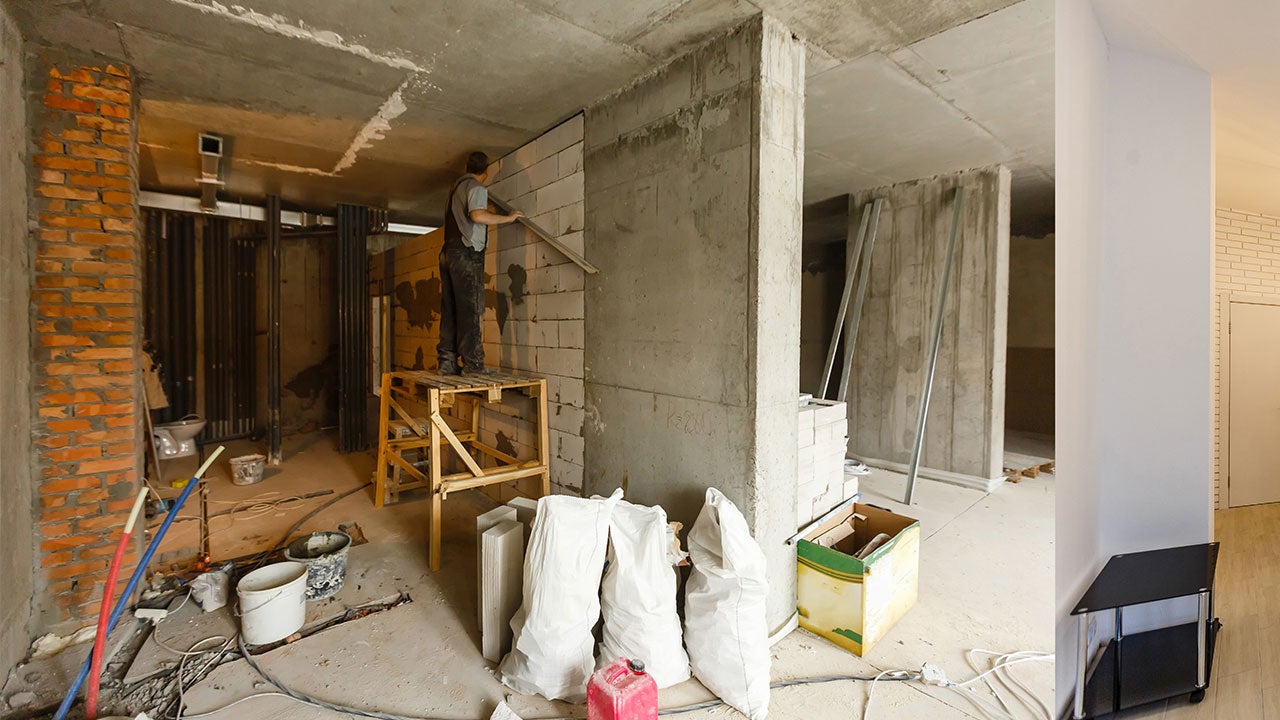Computing rental depreciation

Dear Tax Talk,
I’ve read a number of publications that explain how depreciation works for rental property; however, all the examples I have seen so far are covering situations when modified adjusted gross income (MAGI) is up to $150,000.
Here’s the scenario I am trying to figure out: The rental property was purchased for $800,000 (closing costs included). Depreciating over 27.5 years would be about $29,000 a year; rental income is $18,000 a year.
If my MAGI were $100,000, I could have had a passive loss of $11,000 ($29,000 minus $18,000). Since it is less than the $25,000 limit, I could have deducted it from my regular income.
The story changes if MAGI is over the $150,000 limit; I can’t take any deductions. From what I read, I can carry forward the losses I can’t deduct in the current year until I qualify to take them or I sell the property.
Say I own the property for 10 years (rental income of $18,000 per year), and during this time I cannot deduct anything as I don’t qualify. How will it all work with taxes when I sell? Do I take a onetime deduction of $110,000 ($11,000 times 10 years) from my regular income, and pay 25 percent taxes on the full amount of depreciation, $290,000, ($29,000 times 10) or the $110,000 deduction? To make things a bit simpler, let’s assume the property will be sold for $800,000.
— Alex
Dear Alex,
The reason you’re confused is that the tax law is complicated. You’re basically right in the way you are computing depreciation. However, in calculating depreciation, the cost of the property should be allocated between land and building. Only the cost allocable to the building is depreciable.
An individual is not allowed to deduct passive losses against other types of income such as salary, active business income, and investment income from stocks, bonds and bank deposits. Passive losses are, among other things, losses from rental real estate activities.
An exception exists that allows taxpayers with MAGI of less than $100,000 to deduct up to $25,000 in passive rental real estate losses. The $25,000 cap is reduced $1 for every $2 that MAGI exceeds $100,000. The reduction eliminates all losses for those individuals with MAGI in excess of $150,000. In this case losses are carried forward until there is passive income, MAGI dips below the threshold or the property is disposed of in a fully taxable transaction.
There is no distinction as to what makes up the passive loss. In other words, the loss can consist of depreciation or actual out-of-pocket expenses.
As in your example, when you sell the property, the full $110,000 loss is allowed. If you have income taxable at 35 percent in that year, the $110,000 can reduce it so that you’re saving tax at about 35 percent. The depreciation is still taxed at the maximum of 25 percent.
For example, assume your other income is $400,000 and your gain on the sale is the $290,000 that represents the depreciation recapture. Using the 2008 tax rates, assuming you’re single and have no other deductions except automatic deductions, your tax would be $188,373 without the carry-forward deduction and $151,352 after the loss carry-forward. The savings is about $37,000 or 34 percent of the $110,000 carry-forward deduction.
If instead you had only $180,000 in gain from depreciation recapture and no tax carry-forward, your tax would have been $160,873 instead of $151,352. The preferential tax rate on the depreciation recapture saves you $9,500 in tax.
To ensure compliance with requirements imposed by the IRS, we inform you that any U.S. federal tax advice contained in this communication (including any attachments) is not intended or written to be used, and cannot be used, for the purpose of (i) avoiding penalties under the Internal Revenue Code or (ii) promoting, marketing or recommending to another party any transaction or matter addressed herein. Taxpayers should seek professional advice based on their particular circumstances.
You may also like

What’s the difference between a home renovation and a remodel?

How to determine your net worth


